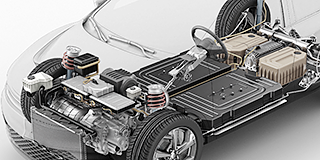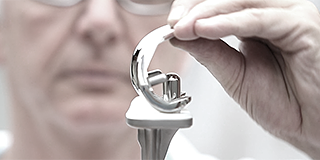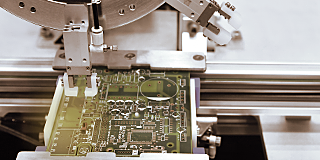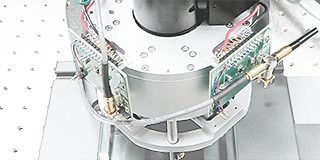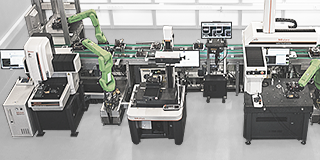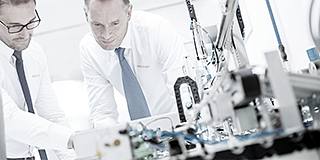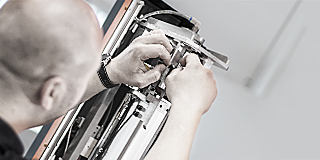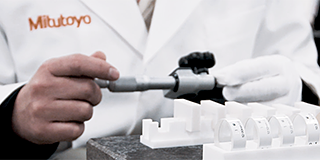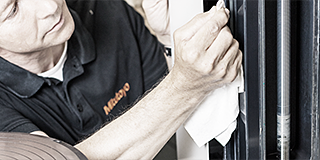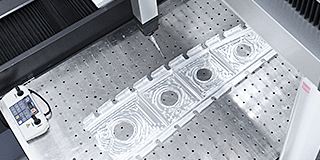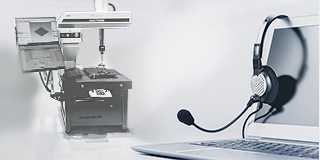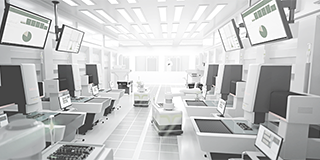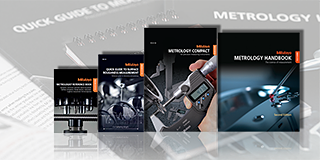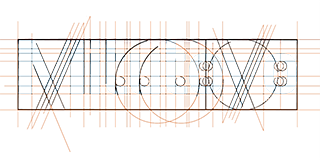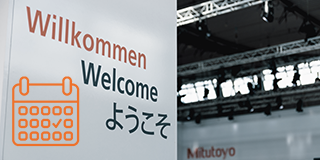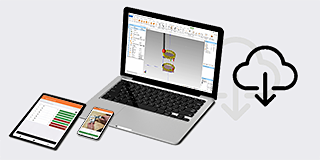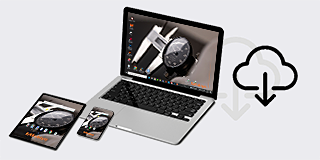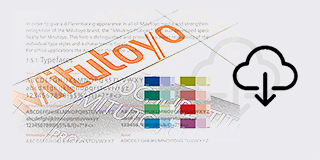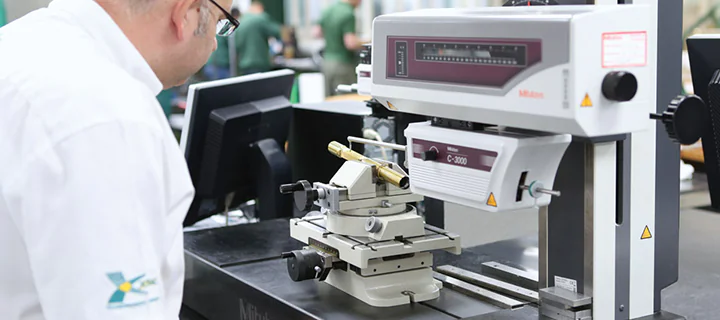- Nederlands, Belgique / België
- Česky, Česká republika
- Deutsch, Deutschland
- Español, España
- Português, Portugal
- English, Europe
- Français, France
- Italiano, Italia
- Magyar, Magyarország
- Nederlands, Nederland
- Deutsch, Österreich
- Polski, Polska
- Română, România
- Suisse / Schweiz / Svizzera
- Svenska, Sverige
- Suomeksi, Suomi
- Türkçe, Türkiye
- English, United Kingdom
- Slovenská, Slovak
-
Worldwide
When you operate at the cutting edge of your field with customers absolutely relying on you to come through with solutions, on time and every time, issues that affect production quality in engineering or manufacturing must be stamped on without hesitation.
Xtrac tracks true with Mitutoyo’s contracing technology
So when Xtrac, the Thatcham-based acknowledged leader in high-performance transmission technology for the automotive, aeronautical,marine and defence sectors encountered an unusual problem while assembling a new type of gearbox the company went into immediate action. Rigorous investigation traced the cause of the issue to a mis-formed feature that was impossible to detect using the conventional measuring methods available in-house.
A four-strong squad from Manufacturing, Design, and Quality formed a cross-functional team to investigate the problem and evaluate both measuring and manufacturing solutions. “Once we confirmed we had a measurement capability issue we contacted our local Mitutoyo office, and they were able to offer an immediate solution that solved our problem,” says Neil Warwick, Xtrac Inspection Manager, “and as we already had a good working relationship with Mitutoyo there was no need to look any further for a supplier.”
Initially, Xtrac chose a Formtracer (model SV-C3100) as, apart from providing a quick, accurate and easy-to-use measuring solution for this specific contour measurement application, this dual-purpose machine can also handle surface finish measuring tasks as well. The crucial advantage this class of machine provides, as compared to the general purpose Coordinate Measuring Machine, is the much smaller stylus-tip radius (25 μm) that is used for tracing the surface of a component, which means that very fine detail can be measured much more accurately.
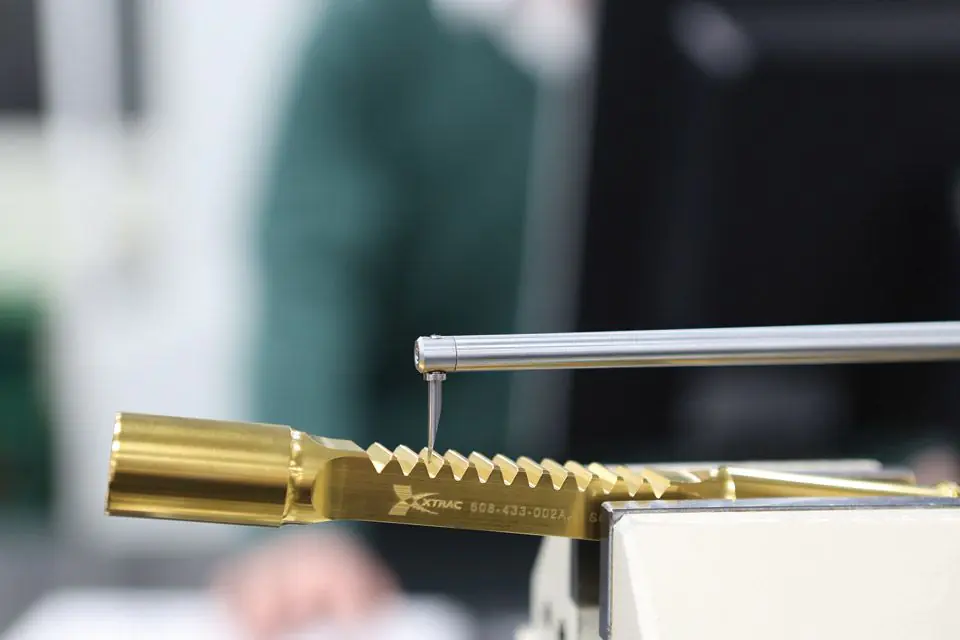
Ease of use, combined with a small, benchtop-friendly footprint, means that the machine is conveniently accessible on-demand to anyone who needs to check intricate component features – especially very tight tolerances on angles, lengths and radii, for which the contracing principle is ideal. This aspect was an important consideration in the buying decision as it fitted the company’s philosophy of giving production staff as much freedom as possible to maintain and improve quality before product reaches the inspection stage.
The technique and technology were entirely new to Xtrac and caused quite a shift in approach to this type of measurement application. “Contracing has transformed the way we evaluate many different components,” Neil explains. “Measurements that took an hour before can now be done in just a few minutes with a much higher degree of accuracy. We also used to have to take impressions of many internal features, and measure these using conventional methods – contracing of internal features has eliminated much of this practice.”
Not just a 'one application' solution
Mitutoyo made equipment in the Andover showroom available for evaluating contracing as a solution. As this was not a case of replacing existing equipment a smooth changeover was not an option, but Mitutoyo sales staff, whilst awaiting delivery of the new machine from Japan, were able to put Xtrac in touch with a local company that was kind enough to allow the use of equivalent equipment in the interim.
As is often the case in such circumstances, apart from the main and obvious benefit of providing measurement capability the company didn’t previously have, many other uses were found for the new machine where it provided either accuracy or efficiency gains over existing methods.
Contracing for all!
Once the Formtracer was in place the demand for its use became so great that eventually Xtrac acquired more machines, all straight Contracers this time (CV-3100/3200 Series) so that, as Neil says, “We bought one machine to solve a specific problem, and we now have four machines scattered around the manufacturing plant that are in almost constant use measuring a wide variety of parts. The ease of use means that with just a small amount of training our manufacturing staff are able to make their own measurements with the minimum of disruption to production.”




